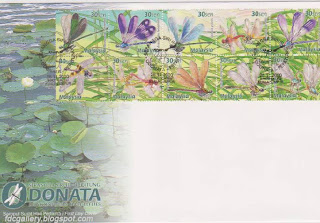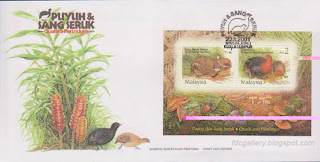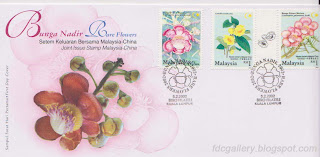BIOGRAPHY OF HIS ROYAL HIGHNESS SULTAN PAHANG
His Royal Highness Sultan Haji Ahmad Shah Al-Musta'in Billah, the third prince of His Royal Highness Sultan Abu Bakar Ri'ayatuddin Al-Mu'adzam Shah and Her Royal Highness Tengku Ampuan Pahang, Raja Hajjah Fatimah binti Almarhum Sultan Alang Iskandar Shah was born in the Istana Mangga Tunggal Pekan on 24 October 1930.
His Royal Highness received his education at Sekolah Melayu Kuala Kangsar, Sekolah Clifford Kuala Lipis and Malay College Kuala Kangsar. His Royal Highness also studied the Japanese langguage during the Japanese occupation in Malaya.
On 25 May 1944, His Royal Highness was proclaimed as His Royal Highness Tengku Mahkota Pahang and in 1948, persued his studies in the General Admission in
Worchester College, Oxford. His Royal Highness also persued a Local Government course in University College, Exeter, Devon followed by practical training in Urban District Council in Devon for three years.
His Royal Highness Sultan Haji Ahmad Shah wed Her Royal Highness Tengku Ampuan Pahang Tengku Hajjah Afzan binti Almarhum Tengku Panglina Perang Tengku Muhammad on 22nd April 1954 and is blessed with 2 princes and 5 princesses. After the passing of Her Royal Highness Tengku Ampuan Pahang Tengku Hajjah Afzan on 29th Jun 1988, His Royal Highness wed Her Royal Highness Sultanah Pahang, Sultanah Hajjah Kalsom on 14 March 1991 and blessed with one prince.
His Royal Highness was proclaimed His Royal Highness Sultan and Royal Ruler for State of Pahang Darul Makmur on 7 May 1974. The Royal installation of His Royal Highness as the fifth Sultan Pahang was held on 8 May 1975.
His Royal Highness has ruled the Government of the State of Pahang Darul Makmur for 36 years and under his reign and leadership, every layer of soceity can today enjoy the prosperity, peace and harmony. His Royal Highness takes great interest in the development and improvement in the living standard of his subjects.
This is clearly seen vis the seven stragegies of strenghtening the economy of the state that is strenghtening the communication and greater reach, increase the utility capacity, strenghtening the human model, increase and added valuein the productive sector, widening the social network, increase in quality of life, and strenghten foreign investment.
Majlis Raja-Raja Melayu elected His Royal Highness as the seventh His Royal Majesty on 25 April 1979, where His Royal Highness ruled until 25 April 1985.
His Royal Highness also played an active role in the national education that had made him the Head of Board, International Islamic University Malaysia in February 1983 up till today.
His Royal Highness likes outdoor activities and excell as a great national and international polo player. His Royal Highness also had interest in other sports activities such as football, tennis, hockey and golf.
In 1982, His Royal Highness was awarded the International Olympic Football Award. He was the only Malaysian to the said prestigious award. His Royal Highness is also a sports enhusiast and has been the President of the
Football Association of Malaysia since 1984 up till today and President of the Asian Federation of Football till 2002.
Under the leadership of His Royal Highness, Malaysia succeeded to wing the Merdeka Throphy after 9 years with a victory against South Korea 3-1 during extra time on 17th Feb 1993.
His Royal Highness has proven himself a well-rounded Ruler and is known to take great interests in the welfare of his people including victims of disaster.
Long Live His Royal Highness.


































